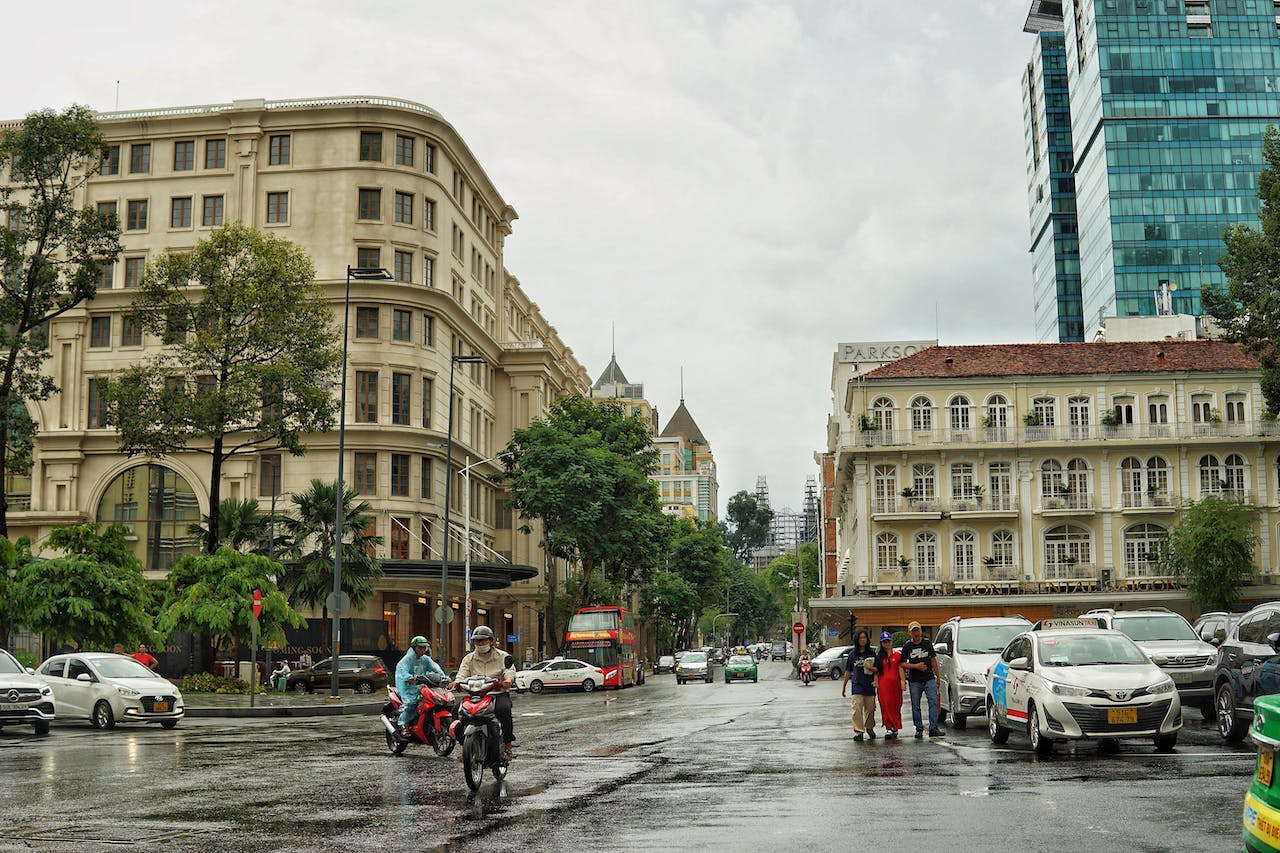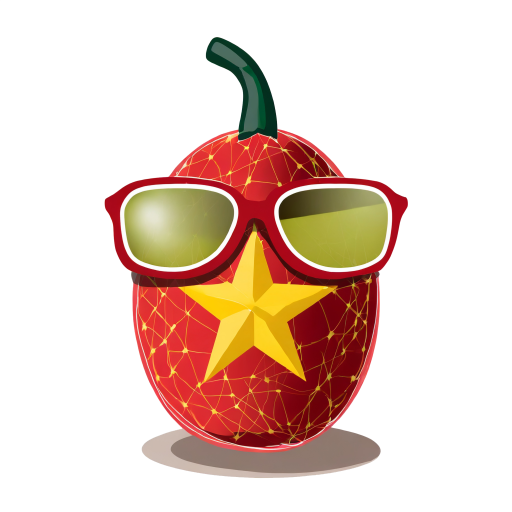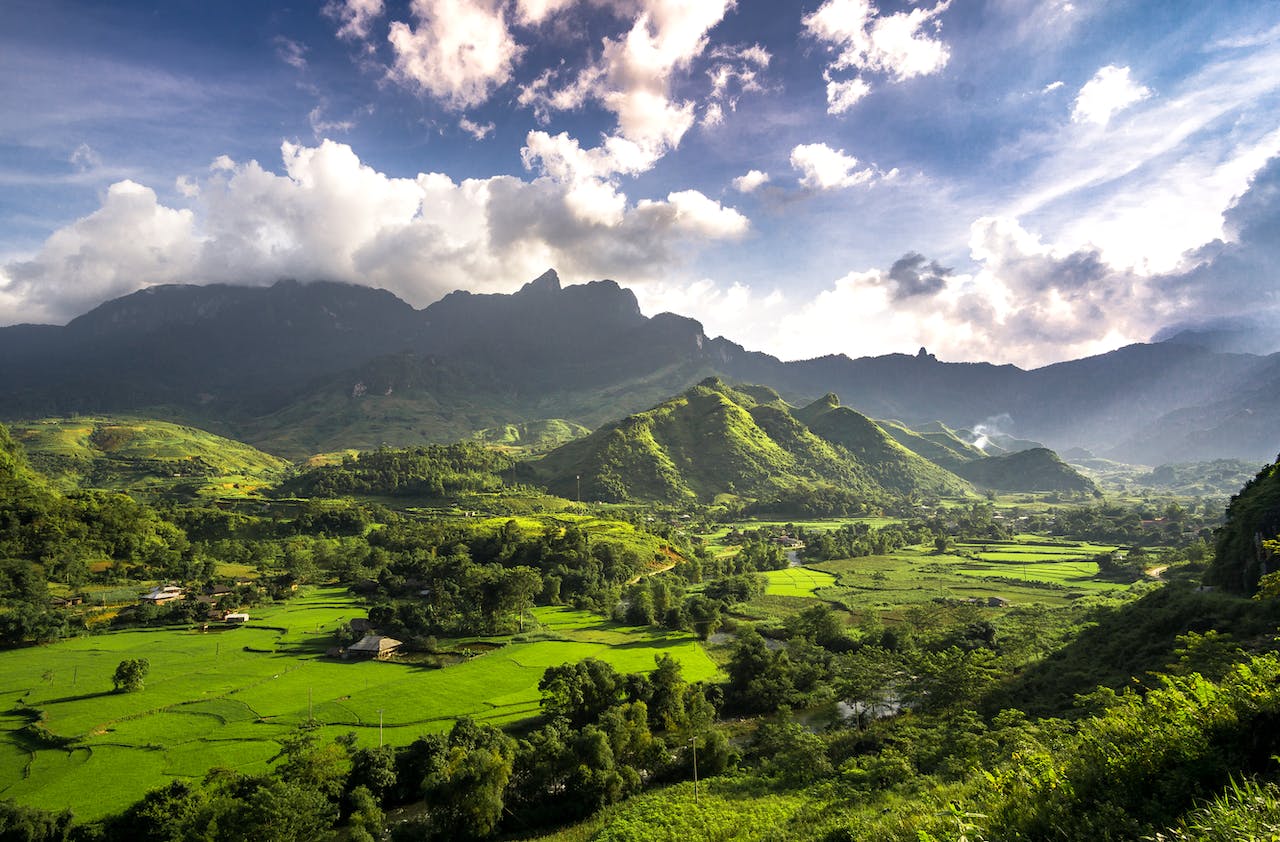Vietnam, with its rich culture, stunning landscapes, and diverse attractions, is a destination that beckons travelers year-round. However, to truly make the most of your visit, it’s essential to time your trip according to the weather, festivities, and activities that align with your preferences.
In this comprehensive guide, we’ll explore the best times to visit Vietnam, taking into account the different seasons, regional variations, and special events that can enhance your travel experience.
The Ideal Seasons
Vietnam experiences two primary seasons, each offering a unique and memorable travel experience:
Dry Season (November to April)
The dry season, extending from November to April, is considered the best time to visit Vietnam for most travelers. During these months, the weather is pleasant, rainfall is minimal, and the skies are generally clear. This period is further divided into two distinct sub-seasons:
- Cool and Dry (November to February): This sub-season brings cool, dry weather to the north and central regions. Hanoi and northern Vietnam enjoy mild temperatures, while central Vietnam experiences pleasant warmth and less humidity. It’s an excellent time for outdoor activities and exploring urban areas.
- Hot and Dry (March to April): As the dry season progresses, temperatures rise, especially in the south. Southern destinations like Ho Chi Minh City can become quite hot during March and April. However, this is the ideal time for beach vacations, with destinations like Phu Quoc and Nha Trang basking in sunny weather.
Wet Season (May to October)
The wet season, running from May to October, sees frequent rainfall and high humidity. This period is characterized by lush green landscapes and fewer tourists, making it a more budget-friendly option. However, the wet season can vary significantly from region to region:
- North Vietnam: Northern regions experience heavy rainfall and the occasional typhoon during this period, particularly from July to September. Hanoi can be quite wet, but the surrounding countryside is exceptionally scenic.
- Central Vietnam: Central areas like Hue and Hoi An receive less rainfall during this season, making it a suitable time for exploring these regions. However, there is a risk of typhoons, so stay updated on weather conditions.
- South Vietnam: The southern part of the country, including Ho Chi Minh City, can see afternoon showers and thunderstorms, but these are often short-lived. The Mekong Delta is lush and green during the wet season, and it’s a great time to visit.
Regional Variations
Vietnam’s unique geography and climate result in regional variations that impact the best time to visit:
Northern Vietnam
- Best Time: November to April is the optimal time to visit Hanoi, Sapa, and Halong Bay. Sapa is especially beautiful in November when the terraced rice fields are golden, while Halong Bay’s calm waters are ideal for cruises.
- Special Events: Tet, or Vietnamese Lunar New Year, usually falls in late January or early February. It’s a time of vibrant celebrations and cultural festivities but also sees increased travel within the country.
Central Vietnam
- Best Time: The dry season from February to August is ideal for visiting cities like Hue and Hoi An. However, be cautious of the potential for typhoons in October and November.
- Special Events: The Lantern Festival in Hoi An, usually held on the 14th day of each lunar month, is a magical event with the streets illuminated by colorful lanterns.
Southern Vietnam
- Best Time: The southern region, including Ho Chi Minh City and the Mekong Delta, is enjoyable year-round. December to April offers pleasant weather with lower humidity, making it the peak tourist season.
- Special Events: Southern Vietnam hosts lively events such as the Southern Fruit Festival in June, showcasing a variety of exotic fruits, and colorful floating markets year-round in the Mekong Delta.

Balancing Weather and Crowds
The best time to visit Vietnam depends on your tolerance for weather conditions and tourist crowds. If you prefer pleasant weather and don’t mind the increased number of tourists, the dry season is perfect. However, if you’re a budget-conscious traveler who enjoys lush landscapes and quieter destinations, the wet season can be a rewarding experience.
Popular Events and Festivals
When planning your visit to Vietnam, consider incorporating cultural events and festivals into your itinerary. These celebrations offer a deeper understanding of Vietnamese traditions and add a special touch to your journey:
- Tet (Vietnamese Lunar New Year): This is Vietnam’s most important and vibrant festival, celebrated with fireworks, dragon dances, and traditional food. It typically falls in January or February.
- Mid-Autumn Festival: Held on the 15th day of the 8th lunar month (usually September or October), this festival features colorful lantern processions and mooncakes.
- Hue Festival: This biennial event showcases the imperial city’s rich history and culture. It features traditional performances, art exhibitions, and various cultural activities.
Booking in Advance
During the peak tourist season, it’s advisable to book accommodations and transportation in advance, especially if you plan to visit popular destinations. Availability may be limited, and prices can increase during this time.
Tailoring Your Itinerary
To make the most of your Vietnam visit, consider tailoring your itinerary to the specific regions and activities you’re interested in. Whether you want to trek through terraced rice fields, explore ancient temples, or relax on pristine beaches, Vietnam offers a variety of experiences throughout the year.
Planning Your Vietnam Adventure
Vietnam is a country of diverse landscapes, rich culture, and a warm, welcoming people. The best time to visit Vietnam depends on your preferences, and with its varying seasons, you’re sure to find the perfect window for your adventure. Whether you choose to explore the bustling streets of Hanoi, the serene countryside of Sapa, or the stunning Halong Bay, Vietnam offers a travel experience that will leave you with lasting memories and a deep appreciation for this captivating destination.
Featured Image & Source: Scenic View of Hà Giang, Vietnam | Photo by Q. Hưng Phạm
Read more Vietnam travel articles.

